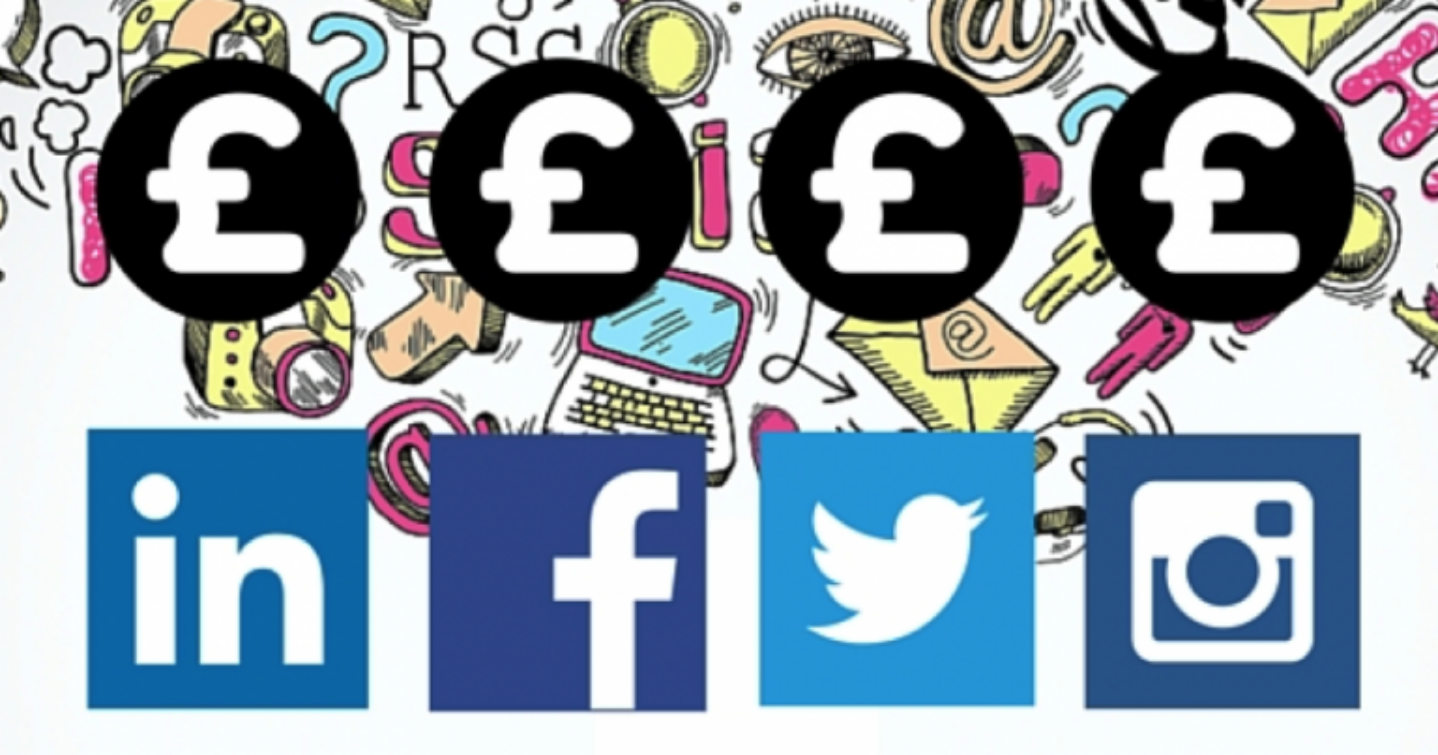‘Social selling’ is another in a list of online marketing buzz words currently doing the rounds. But what is it, why is it important and how can you make it work for your business? This is what we aim to set straight today.
What is Social Selling?
Social selling, put simply, is about integrating social networking into your core marketing and sales process.
It is:
- Creating conversations with clients and prospects on Facebook, Twitter, Instagram, Pinterest, Google+ or LinkedIn
- Sharing original content on social media
- Sharing other people’s content on social media
- Studying prospects on social media before meeting
- Endorsing a client on LinkedIn
- Using LinkedIn searches to discover new leads
IT is not:
- Delivering the hard sell on social media
- Closing deals on social media
- A replacement for talking to prospects
Why is social selling so powerful?
- Social media enables sellers to relate to potential customers and nurture relationships with existing customers.
- Social media enables sellers to identify opportunities to connect with them at the right time. Whether that be while they are still figuring out their needs or when they know exactly what they want.
- Social media helps salespeople establish trust and credibility online.
- Social media enables salespeople to stay visible and add value throughout their customers’ long and winding buying journeys.
- Social media is a non-interfering way of connecting with buyers who are still kicking the tyres.
Social selling is not a new idea and it can be extremely effective (78% of salespeople using social media outperform their peers), and still, many companies do not have a social selling strategy in their arsenal.
And we know why. There are some of you out there that are still afraid of using social media. Perhaps you see it as a ‘time void’ with no guarantees on ROI for time spent. In today’s market where targets are high and competition is even higher, the assurance of the time-tested and steadfast strategies of old is much more appealing. Why would you invest time and energy in social selling? Well, when IBM recently piloted a social selling strategy, they saw a 400% increase in sales. That’s massive.
It’s 2016, social selling is ignored at your peril. We know it works (if you need more proof we recommend you download the Social Media And Sale Quota). But, we still need to address the elephant in the room, and that elephant is called ‘How’. ‘How’ is currently stopping you from leveraging the power of social selling, but not any longer. At Loom, we’ve had over six years’ experience helping our clients realise and reap the rewards of social selling and we want to share what we’ve learnt with you.
How to start
Do your homework
Unless you have a huge in-house sales and marketing team you’ll want to pilot your social selling strategy on one platform. Which one depends entirely on where the majority of your target customers are. So do your homework. Spend time researching each of the main platforms to make sure you are where the action is for your industry. Don’t rule out less immediately obvious channels such as Vine or Snapchat, especially if you are B2C or targeting millennials.
Before starting, remember each social platform has its own etiquette, so learn the traditions and the lingo and try and tailor your brand persona and messaging to that channel.
Become a Great Social Seller
In order to become a great social seller, you need to think, listen and act like a great social seller. The main characteristics of a great social seller are…
Talk less, listen more
As any relationship therapist will tell you, the key to every good relationship is understanding. So spend time listening to your prospective customers. Learn about their wants, needs and fears. Know who they are.
Cut the small chat and be authentic
Blindly liking or retweeting everyone’s updates is not going to win you any popularity contests. Find common ground and use it to start a conversation and establish a connection.
Be proactive
It’s important to be proactive on social media. Don’t wait for people to come to you, seek out groups and start conversations.
Make friends
People are more likely to buy from people they like so make friends with your customers.
Be empathetic
People will forget what you said. People will forget what you did. But people will never forget how you made them feel. So appreciate your audience and be empathetic.
Problem solve
Offer your potential clients solutions in the form of advice, blogs and helpful articles. More on this below…
Build trust
As has always been the case, customers want to invest in something they trust, whether that is a quality product, a reputable company or a person they know. So you should always concentrate on forging relationships instead of seeking transactions. Call it soft selling, or whatever term you like, engaging with people in a disarming way deepens your relationships and builds trust. This approach generates 40% more qualified leads than conventional cold calling.
The Power Of Content and Social Selling
Social engagement is heavily reliant on companies providing relevant and unique content at the right time. It is believed that decision-makers consume five pieces of content before being ready to speak to a salesperson, so you need to make sure your content strategy is in line with your social selling strategy. Here are our top tips:
- Use what you’ve learnt about your audience on social media to create buyer and decision-maker personas for you to tailor your content towards.
- Tailor content to match phases of the buying journey.
- Follow the 8:2 rule. Only 20% of the information you share should be based on company messaging, 80% of the time you should be sharing industry news, third party reports and any other content that is relevant to the communities you interact with along with original commentary to establish your credibility.
- Use a third-party website such as Hootsuite or Tweetdeck so you can follow several conversations based on specific topics or hashtags at once.
- Create a Twitter list of industry opinion leaders and influencers to focus your relationship-building efforts on.
- Join any active Facebook groups related to your Industry – Facebook will notify you every time someone posts something new that’s popular, so it’s a great way to keep tabs on conversations.
- Join active LinkedIn groups related to your Industry or try creating your own group and establishing yourself as an expert.
- Map out relationships within prospective companies to determine which decision-makers you should target.
- Leverage shared contacts in your network for referrals and introductions
Other tips to try!
Set Up Google Alerts for key industry-related and competitor topics to help you build a better picture of what people are talking about.
this year and beyond
The way we sell things has not necessarily changed, but the way we buy has. Social selling offers you way in which you can adapt your sales process for the online consumer more effectively.
We are all socially empowered and highly informed, so whether you are B2B or B2C, social selling shouldn’t be an optional, but a key part of your lead generation and sales strategy in 2017. If you’d like to talk more about how social selling can revolutionise your sales strategy this year, get in touch with us today. You can also view our social selling guide & slidedeck.




